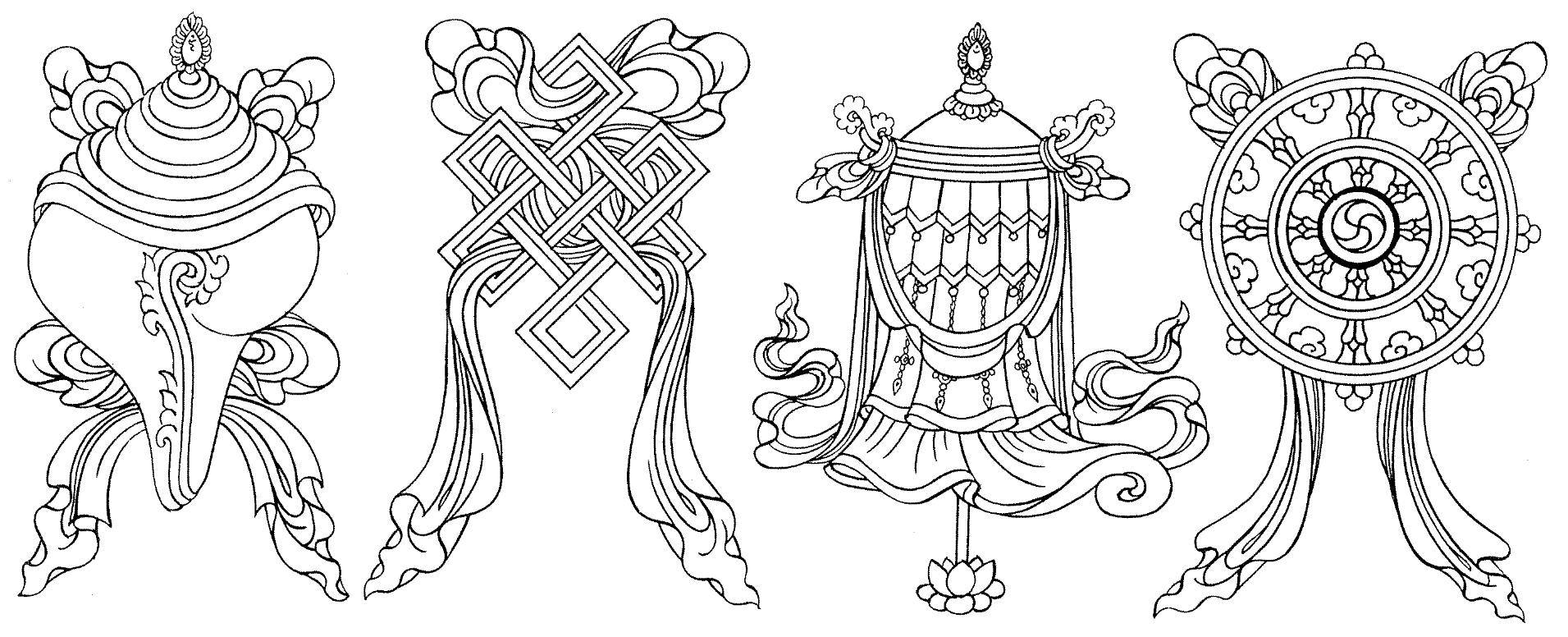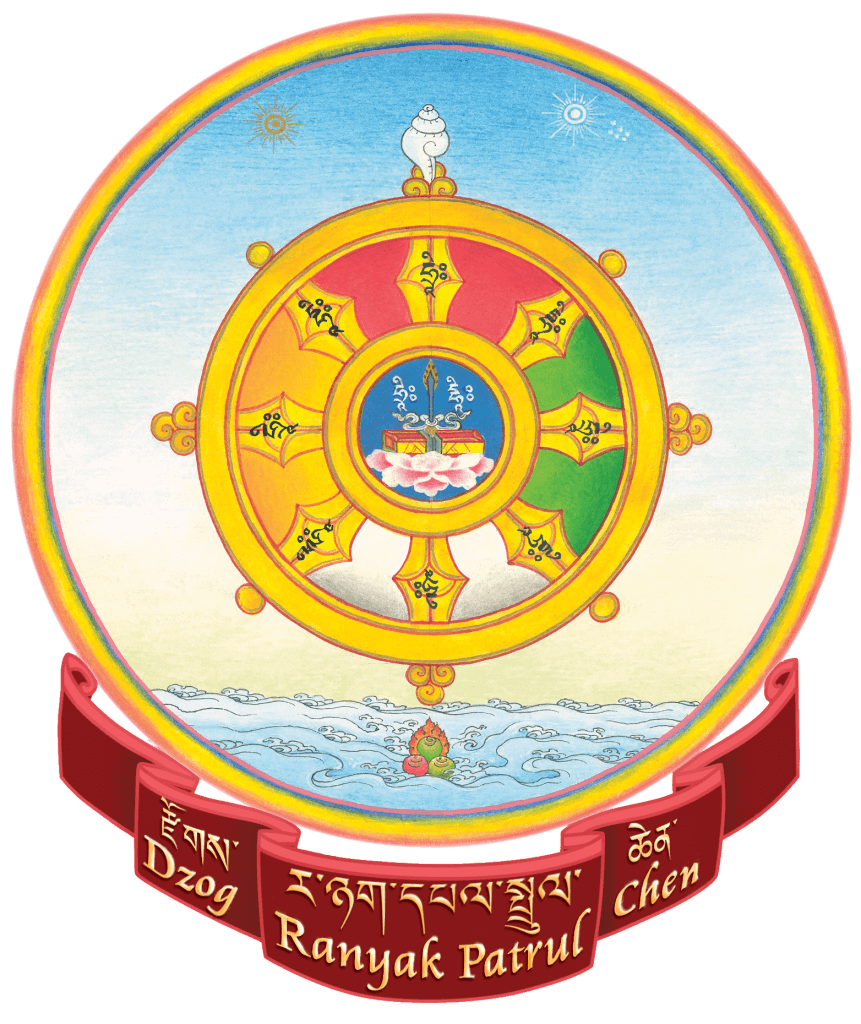Who can join?
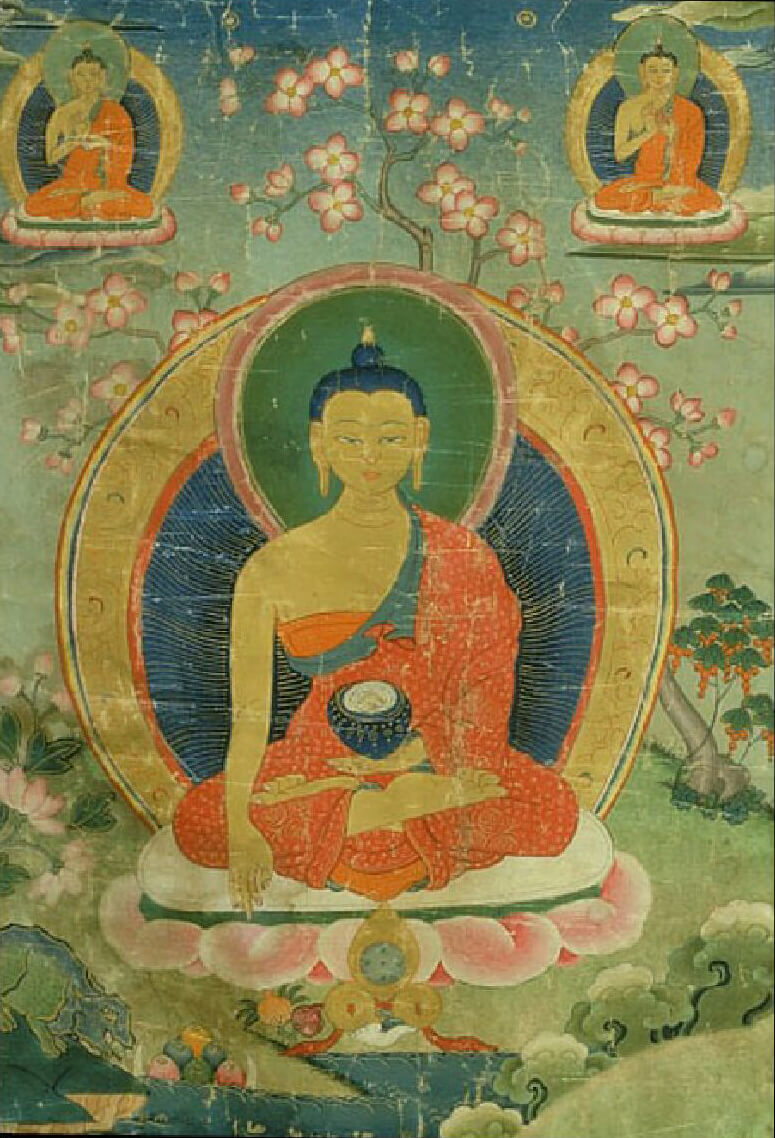
Everybody. You can be a beginner or a seasoned practitioner.
During different courses the group of participants changes: there are a number of regulars, and there are always a few newcomers. Nevertheless, it is a happy meeting of old and new friends.
These people, both the regulars and the newcomers, are ordinary people like you and me. They don’t “look” Buddhist, they shop for discounts like you and me, have jobs and a family like you and me. They work hard and deserve their holiday. Why, then, do these men and women travel from France, Russia, Poland, Portugal, the Netherlands, Germany, Switzerland, Sweden and so on to spend their well-earned days off in some remote place like an old farmhouse halfway between Mettet and Florennes or other locations that may not seem particularly trendy?

Retreat – special time
All Buddhist traditions stress the importance of setting some special time aside now and again, of shifting your focus just for a while from everyday concerns and efforts to what happens inside your mind, and how your mind affects your life and that of others. Such a “special time” is called a retreat.
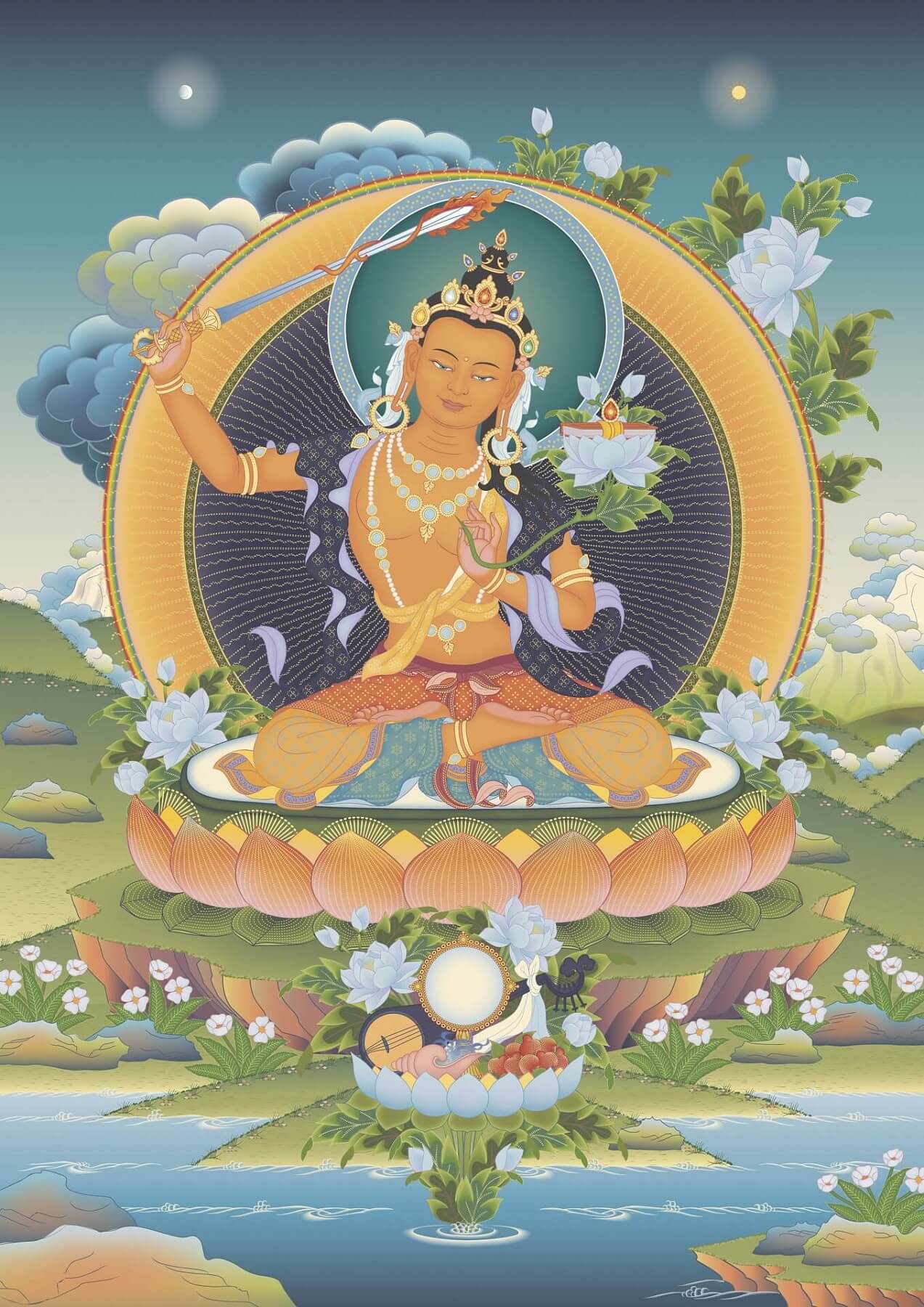
The word “retreat” may sound as if you are temporarily stepping out of the “real” world and escaping to a little world of your own making. That is certainly not the aim, and people who do a retreat from this motivation are sure to be disappointed.
A retreat is basically a matter of rearranging priorities: for a few days, all business and family matters make room for introspection and reflection.
The goal of the retreat is to understand what it is all about.
You can study, reflect and later return to daily life with a healthier, happier and perhaps a bit wiser attitude than before. A retreat is not an escape, but it is a chance to “fuel up” for those fast-moving stressful lives most of us lead. You could say, in fact, that a retreat is a chance to look closer at your everyday life than you usually do when you are in the middle of it!
Our days go by so fast.
It is useful once in a while to slow down and really look at what’s going on around us and inside us.
Our days go by so fast.
It is useful once in a while to
slow down and really look
at what’s going on around us
and inside us.
What happens at a Buddhist retreat?
The tradition practised with Patrul Rinpoche is called Vajrayana, commonly practised in Tibetan Buddhism. In this tradition, there are different types of retreat: some focus on studying, some on meditation, others on prayer or ritual practice, and so on.
To develop a better understanding of Buddhism it is great to join a study retreat first. The subject is usually a Buddhist text that is read and discussed line by line.
There is usually a short meditation in the morning before breakfast, group study with the teacher after breakfast, a long lunch break for private study, more group study with the teacher in the afternoon, a light dinner, and a short meditation in the evening. Lights are usually out by 10pm.
In various sessions throughout the day, the teacher explains the meaning of the text line by line and answers questions. Most importantly, he indicates how the text can be made relevant to modern-day Western life.
At Patrul Rinpoche’s centre, ancient Buddhist texts are not studied because of their literary, historical or cultural value.
Their wisdom is analysed and discussed to help ordinary people like you and me become happier, more peaceful and more useful persons.
Once you are more familiar with the philosophy, it is good to join a more practical course like drupchen. These courses instruct the adepts step by step how to practice sādhanas.
What are sadhanas and what is the point of practising them?
Generally speaking, the idea is to develop a new perspective or way of seeing things around us.
You learn how to visualise, meditate, sing and move. The body, speech and mind should be involved and occupied.
Thanks to these skilful means, pure perception can be developed with time. The aim and techniques of the practice are clearly explained during the course.
The Real Subject
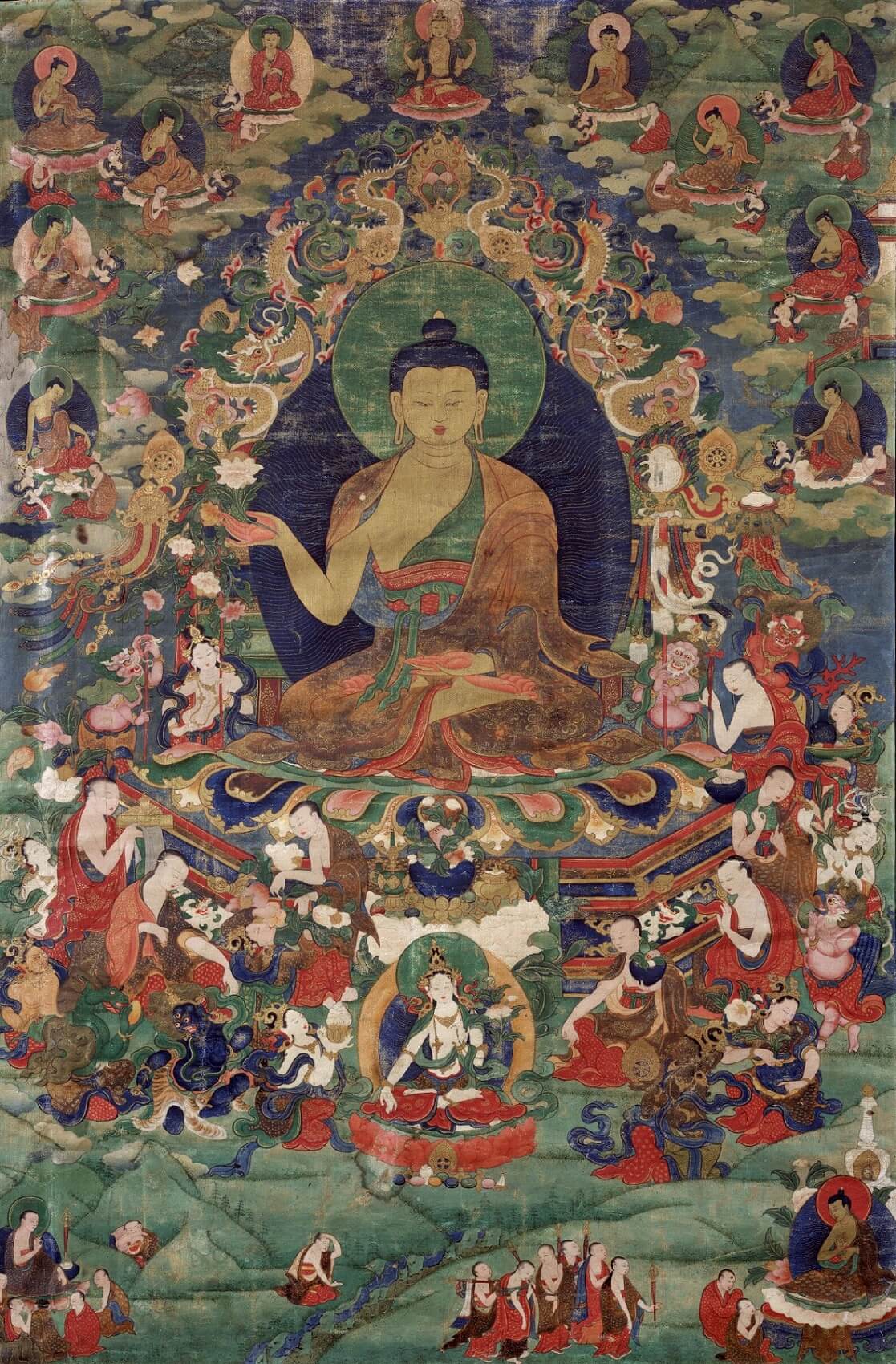
Whatever the focus of the retreat, whatever the text or practice involved, the real subject of all Buddhist philosophy and practice is always the same: compassion.
Every Buddhist teaching, practice, retreat or ritual always has compassion as its essence. Even when you study very deep aspects of Buddhist philosophy, essentially that philosophy is about compassion: how to help yourself and the beings around you in the most appropriate way.
What is compassion, you may wonder? Compassion is more than a feeling of sympathy. It is an active involvement with the world around you. Compassion is the spontaneous wish to help others solve their problems, whatever those problems are. The good news is, compassion is not something we need to create or learn, it is already in our hearts.

The human heart is literally filled with compassion, only most of us are so busy looking after ourselves most of the time, we forget that we have this powerful wish deep inside us to help others. Buddhism is a reminder of that compassionate spirit in each of us.
Buddhist teachers show us how to put that spirit to the best possible use.
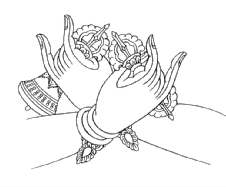
At the heart of every Buddhist teaching
is the wish to help others
and the wisdom to know how.
Study and Practice programmes offer anyone the chance to connect with authentic teachings and authentic teachers of Buddhism.
Patrul Rinpoche is a respected master of Dzogchen, a lineage within the Nyingma tradition (one of the four main Tibetan Buddhist traditions). He is also a very modern and funny teacher, used to talking to Westerners and familiar with our fast-paced lives. Most importantly, Patrul Rinpoche knows how to make difficult subjects easy to understand, and how to link simple observations to profound insights that are useful and practical.
Buddhist teachings are always worth the effort, but the exceptional kindness of this particular teacher is clearly the reason why people from all over the world invest their precious time, money and energy in this type of retreat.
To help his students develop on the path, Rinpoche involved two other lopöns to teach.
Over the years the structure of the courses came clear and it became visible and obvious that Rinpoche created a complex, holistic system of Buddhist education.
It might be called university, a Dharma centre or just a good way to follow an authentic and wise teacher who organises everything to support his students on the path to enlightenment.
Through listening, phenomena are known.
Through listening, there is turning away from wrongdoing.
Through listening, what is meaningless is abandoned.
Through listening, complete liberation is attained.
BodhisattvapiṭakasUtra
Do you want to know about upcoming retreats?
